Medically Reviewed by: Dr. Veena Shinde (M.D, D.G.O, PG – Assisted Reproductive Technology (ART) from Warick, UK) Mumbai, India
-
Author: Khushboo Kirale
- >> Post Created: March 22, 2022
- >> Last Updated: April 23, 2024
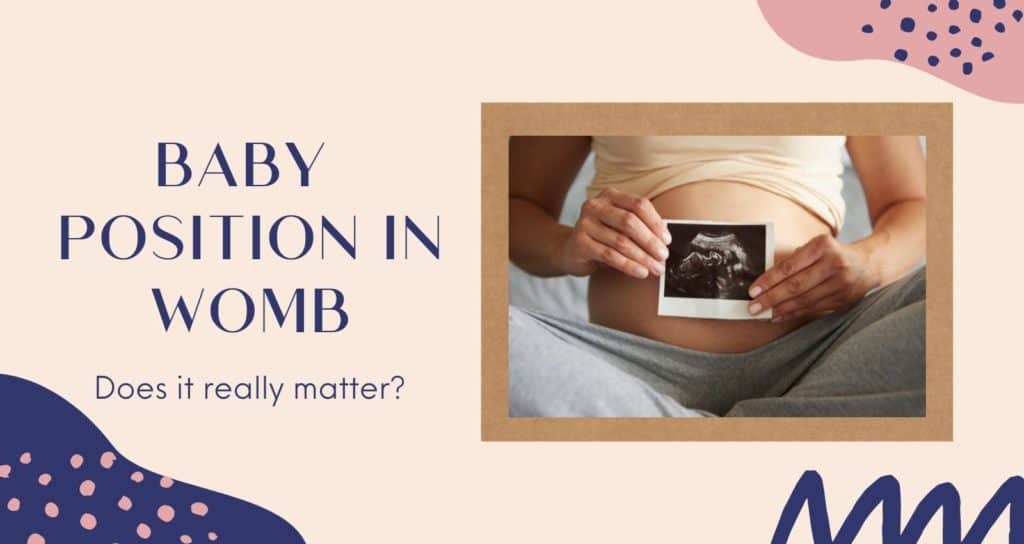
Fetal Lie or baby position in the womb - All you need to know - Content flow
It is an absolute wonder how a tiny life grows inside a womb – from the size of an apple seed to a small, but complete human baby.
Within the womb, this growing fetus moves around till it grows big enough to run out of space and is ready to enter this world.
The baby’s position, also referred to as the ‘fetal lie,’ in the last month of pregnancy decides the mother’s journey through labor and delivery.
If words like anterior position, posterior position, breech, or transverse baby position shows up in your test reports while describing your baby’s position, then this article will help you decode what it means.
This article will help you understand about all the various types of fetal lie or various different positions your baby could be in while growing in your womb.
Understanding fetal lie/fetal position
Fetal lie/fetal position or the baby’s position in the womb is of utmost importance generally towards the end of your pregnancy, i.e. generally in the last month of your pregnancy.
When the fetus is still growing, it moves around in the womb, but as it grows, it settles in one particular position – the most common position is the head-down position or also referred to as cephalic position and the vertex presentation. In this position the baby is facing the mother’s back with its head entering the pelvis.
The head-down position/cephalic position is the optimal position for delivery, where the baby’s head is right above the birth canal.
The birth canal comprises of the mother’s cervix (uterus’ outlet), vagina, and vulva. The birth canal can be seen as an elastic tunnel through which the baby passes to come into this world.
However, the fetus can settle in other not-so-desirable positions as well, which have their own set of challenges.
Fetal Lie/fetal position vs. fetal presentation
To describe the baby’s accurate position in the womb, medical professionals use both the terms – fetal position and fetal presentation.
Fetal lie/fetal position, also referred to as baby position in womb before labor, establishes where the baby’s face is – toward the mother’s back or her belly.
Fetal presentation actually tells you what part of the baby’s body will lead the way out of the birth canal. With this, one can determine the direction the baby’s head and feet are.
Together these terms tell a doctor the baby’s exact position in the womb and whether it is an optimal one or in one of those positions that may cause some hiccups in the delivery.
Types of fetal lie/fetal positions
An unborn baby instinctively just knows when it is time for it to come into this world and accordingly settles in the best position for delivery just before labor. This generally happens between 32 and 36 weeks of pregnancy.
However, some babies get comfortable in other not-very-favorable positions, which can cause some delay or difficulty in labor, calling for a caesarean delivery.
Occiput anterior position (OA position)
Your child is said to be in the occiput anterior position/occiput anterior fetal lie, when your baby is positioned head-down (near the cervix), feet up (near the ribs), facing the mother’s back with the head resting against the mother’s belly.
The occiput anterior position/occiput anterior fetal lie is not only the most common position but also the best position for a smooth delivery, as it helps the baby fit in and move through the birth canal in the easiest way.
The fetal presentation here is the baby’s head (crown to be precise).
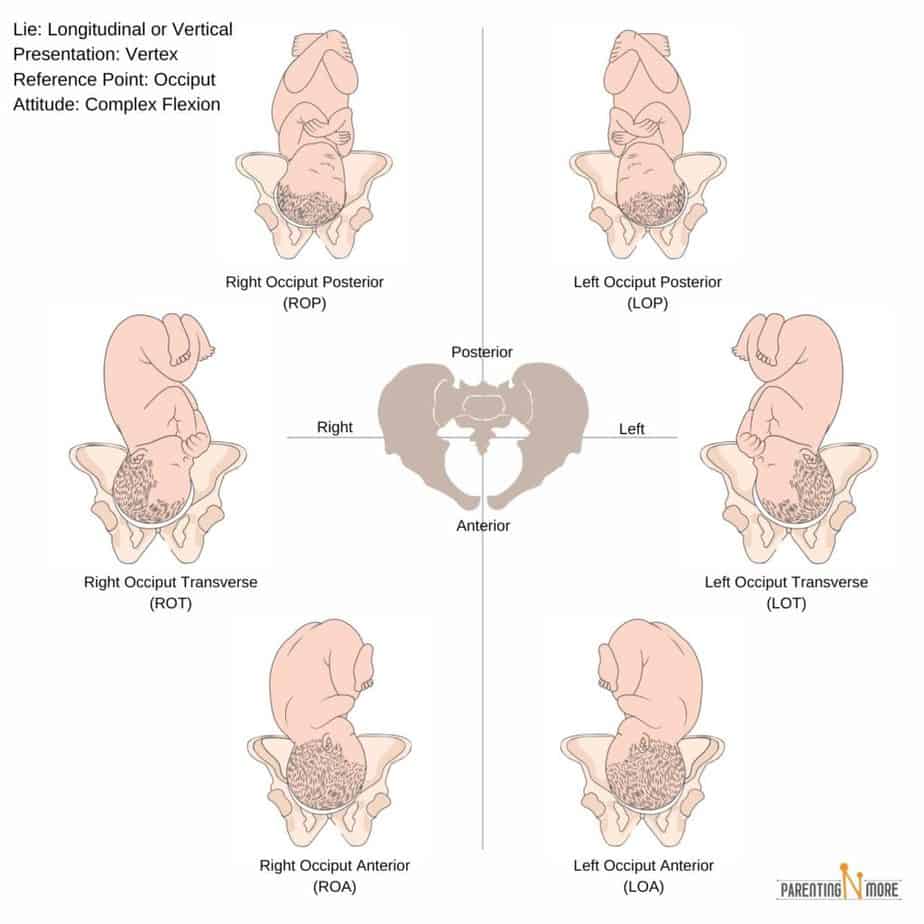
Occiput posterior position (OP baby position)
Occiput posterior position/occiput posterior fetal lie is similar to the occiput anterior fetal lie, with the only difference being that instead of facing the mother’s back, the baby faces the mother’s belly, with its back against the mother’s back.
Hence, the occiput posterior position/occiput posterior fetal lie is also referred to as the back-to-back position.
The fetal presentation in the occiput posterior position is the head, but the baby comes out face-up; hence, this is also titled the sunny-side up position.
Labor is a little more painful if the baby is in the occiput posterior position, as the mother experiences pressure on her spine. In this fetal lie/fetal position, the baby is unable to tuck its chin down to fit into the birth canal as easily as OA baby position, and hence, labor can be longer here. Your doctor may analyze your situation and may recommend a C-section.
Breech position
In this position, the baby takes up the position that is exact opposite to that of OA baby position – it settles in the head-up, feet-down position. This is one of the uncommon baby positions – merely 3-4% of
Almost all breech fetal positions require a caesarean delivery.
There are different types of breech positions –
- Complete breech: Here, the baby’s bottom is above the birth canal (making it the fetal presentation if vaginal delivery was possible), knees bent, and feet close to the bottom.
- Frank breech baby position: Again, baby’s bottom is near the birth canal, but here baby lies in V-shape, with its legs straight up near the head.
- Footling breech: Baby has one or both legs near the birth canal, making its feet the fetal presentation here.
- Flexed breech: Here one or both of the baby’s knees are bent and the buttocks and feet are at the birth canal opening.
Oblique fetal position/oblique fetal lie/oblique lie
The oblique lie, as the name says, indicates that your baby is in a diagonal or slanted position in the womb just before labor. It is one of the rarest baby positions which is also risky at the same time.
In the oblique fetal lie, the baby’s head or any other body part is not aligned with the opening of the birth canal, which can result in umbilical cord compression, and hence, lead to an emergency.
Oblique lie is risky in case of a vaginal delivery, and it can cause injuries to the baby or even be life threatening.
Therefore, if the baby cannot be turned in a proper head-down position, your doctor may recommend a C-section.
Transverse baby position/transverse lie
In the transverse baby position, the baby lies horizontally or sideways in the mother’s womb. It can have either its shoulder, back, hands, or even feet near the birth canal when in a transverse baby position. This is an extremely rare fetal lie for a full-term baby.
The transverse baby position carries the risk of damaging the placenta during delivery or in an attempt to turn the baby into a more favorable position. Here as well, the risk of umbilical cord prolapse looms, which can turn into a medical emergency. Your
doctor will examine your condition before deciding on a C-section.
Read this next
What is the reason behind uncommon fetal positions?
Most mothers might feel they are responsible in some way for the baby not settling in the best position. That is never the case. However, some physical traits/issues, like an unusual shape of the uterus, fibroids, or the alignment of the hip, etc. might be some of the reasons that the baby takes up unusual positions.
But do not be disheartened, there are a few ways to try to fix the baby’s position.
How to tell what position the baby is in the womb?
So, how can a mother understand the baby’s position?
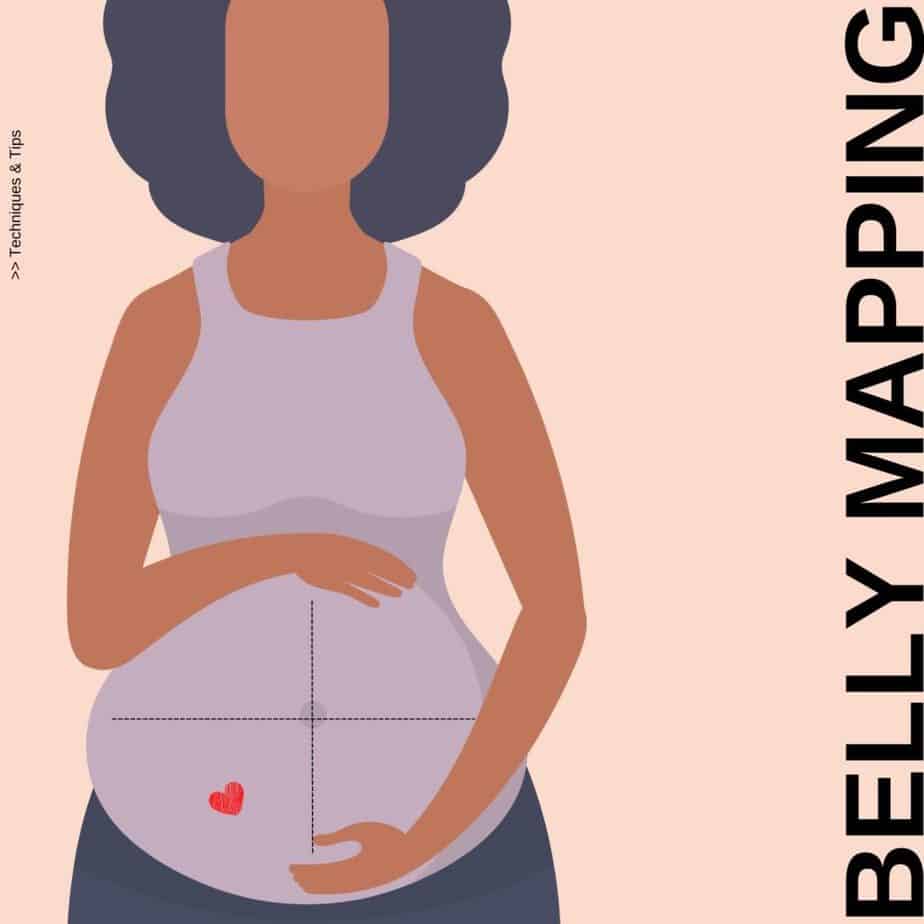
After you enter the 8th month of pregnancy, i.e. around 32 weeks of your pregnancy, you can try belly mapping to know what baby position/fetal lie your little one is settling into.
It is recommended that you try this method right after you visit your doctor so that you have an idea where the baby’s head is placed.
All you need is non-toxic, washable paint or marker for doing this – i.e. mapping the position of your baby on your belly.
- Divide your belly area with the marker with 2 lines – one horizontal and one vertical intersecting in the middle, such that your belly is divided into 4 quadrants.
- Start by lying down and putting slight pressure with your hand on the pelvic region to feel your baby’s head. It will feel like a small bowling ball. Mark it.
- Use a fetoscope to detect your baby’s heartbeat and mark it on your belly as its heart, as shown in the image.
- Your baby’s bottom will be hard and round. You will get an idea of where exactly it can be once you know where the head is.
- Remember where you feel the baby’s movements. Its kicks and wiggles can give you an idea of where its legs and knees are. Mark it on your belly.
Mothers or their caretakers can then draw a baby on the belly to understand the exact position on their own. Of course, an ultrasound scan is the best way to know this.
Can I turn my baby in the womb?
Yes! If you are aware that your baby is not in the optimal occiput anterior position, then you can try certain simple methods to try to turn your baby before you get into labor.
- Whenever you sit, do so in such a way that your pelvis is tilted forward instead of backward.
- Sitting on exercise ball or birth ball.
- When seated, ensure that your hips are always higher than your knees.
- Do not sit continuously in one place, do move around at regular intervals.
- In a car, sit on a cushion to lift and tilt your bottom forward.
- A few times in a day go on your hands and knees (like what you do while scrubbing the floor) to encourage your baby to move to the OA fetal lie.
- Some also recommend using temperature changes as a guiding tool. A baby in the womb dislikes extreme cold temperatures and moves towards a warm one.
It is recommended to put a bag of frozen peas near the baby’s head and a warm bottle where you intend the head to be for the best position. The baby will move away from the cold towards the warmth.
- Music too is recommended; place the speakers on your belly where you want the baby’s head for the optimal position.
- Visiting a chiropractor who has an expertise in the Webster technique can also help in changing the fetal lie.
- Acupuncture is also said to help some times
These techniques do not necessarily work, as there is no scientific evidence to back them. But then, what’s the harm in trying? Do talk to you doctor in case you have doubts.
Your doctor too can use a few techniques to cajole your baby to turn to a more desirable fetal position/fetal lie for delivery. If a baby is turned to occiput anterior fetal lie, then a vaginal birth is possible.
Medically the procedure to try to turn the baby in the uterus is called External Cephalic Version (ECV).
External (because the procedure is done externally)
Cephalic (head-down position)
Version (turning the baby)
Your doctor can attempt to turn the baby in the uterus, provided –
- The pregnancy is about 36 to 42 weeks
- Labor has not begun
- Labor has begun, but the water has not broken
- The baby has aplenty amniotic fluid to move in
- The baby is not touching the entrance of the birth canal
- The mother is carrying a single baby, not carrying twins or multiples
- The mother has had previous delivery/deliveries, which makes the stomach muscles less firm
- You are in a hospital; in case an emergency C-section is required while trying to turn the baby
Performing ECV:
To perform this, the doctor gently massages and puts firm pressure at specific places on the belly to encourage the baby to move into the OA cephalic position. This works about 65% of the time and it can help you avoid a breech baby C-section surgery.
During the procedure, the mother might be given an injection to relax her muscles or a numbing (epidural) medication to keep her comfortable. However, an epidural is not recommended in certain specific cases.
The mother and baby’s heart rate will be monitored to avoid any issues. The baby’s movements during the procedure will be monitored through an ultrasound to check if the technique is working.
The mother and baby’s health are taken into account before this procedure and the baby is closely monitored during the process to ensure it isn’t taking this negatively.
During the procedure if the mother’s contractions get stronger, water breaks or baby moves near or enters partly into the birth canal, the ECV is abandoned and an urgent C-section is done for a safe delivery.
How do I know I am ready for labor?
As the pregnancy comes to its full-term, a mother on her own will feel as though her baby has dropped lower in the abdomen. This is called Lightening.
While readying itself for delivery, the baby settles deeper in the mother’s pelvis, taking the pressure off from her diaphragm, making it easier to breathe. The baby dropping lower in the belly is among the first signs that the big day is close.
In a nutshell
Baby position/fetal lie should not be a concern until after 36 weeks of pregnancy. It is quite common that a baby might adjust its position by itself by the time the mother gets into labor or even if she is already in labor. Contractions can also help the baby turn. It is necessary that the mother stays relaxed and positive to aid this.
If the fetal lie is not in an ideal position for birth, then it is necessary that you go to the hospital for delivery in case an emergency C-section is required. It is important that skilled and experienced doctors handle a delivery with unusual baby positions.
Hope our article provides you with detailed understanding about a fetal lie and how it affects your pregnancy and labor.
Your baby’s position/fetal lie before labor may change the course of your labor and delivery experience, but at the end of it all, what matters is having a happy, healthy baby in your arms.
Happy Pregnancy!
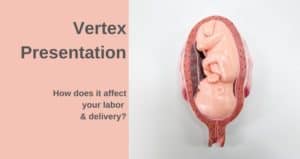



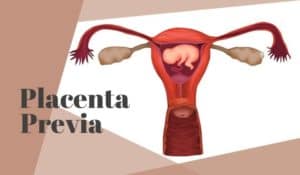





so much excellent info on here, : D.
Enjoyed looking through this, very good stuff, regards.
Best Content I Have Found Every Time On This Site, Best Of Luck.